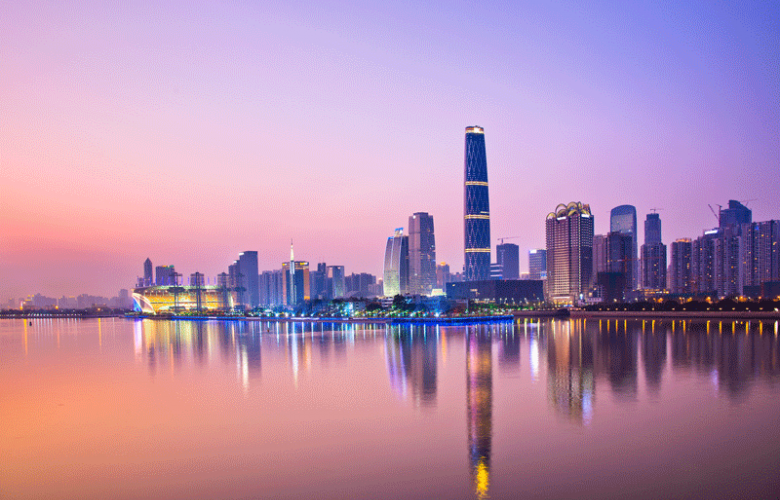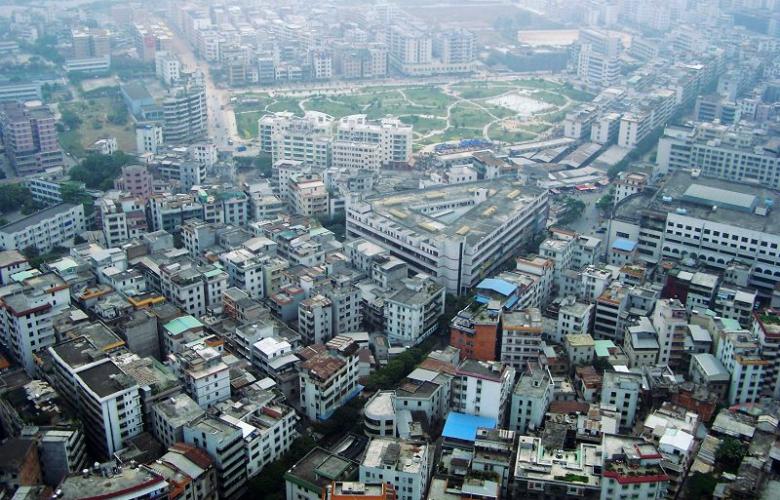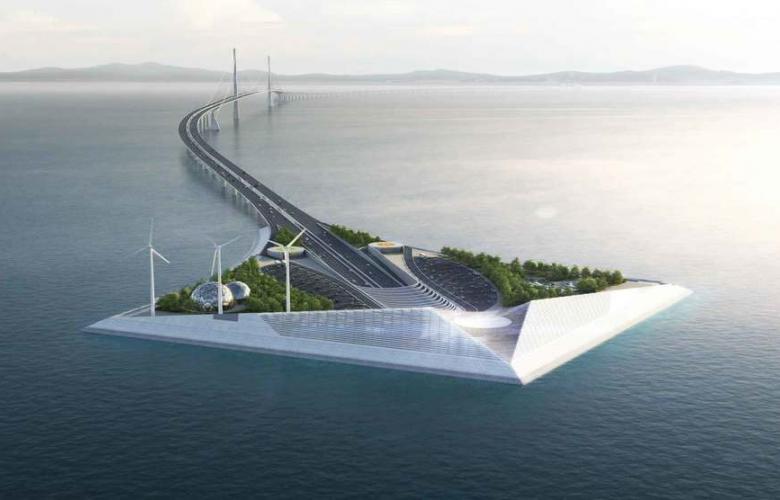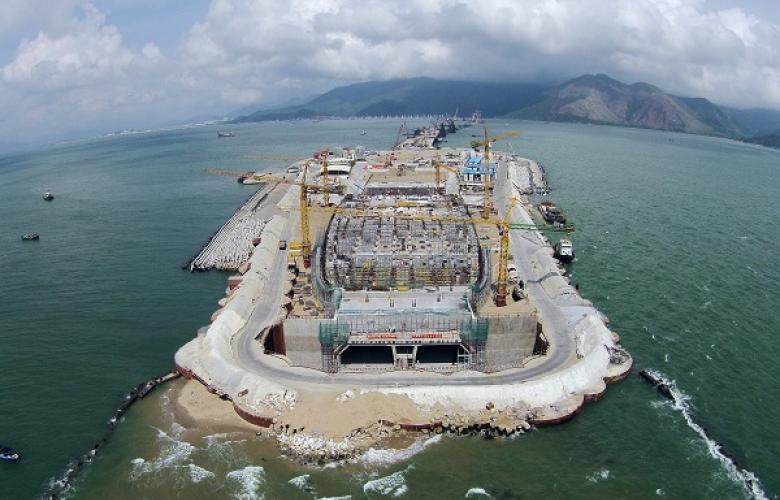Rebranding the Pearl River Delta as “The Greater Bay Area” signals a shift of China's position in a new global context. The project, which integrates the economies of Hong Kong and Macau more closely with the Pearl River Delta (PRD) is not new, having been raised in the National Development & Reform Committee (NDRC) in 2008, and further refined in 2011.
The Guangdong-Hong Kong-Macau Greater Bay Area (GBA) development will create faster economic growth and new wealth. New development hotspots will emerge along the strategic infrastructure routes. And with China's rising influence, Hong Kong has the chance to become a top global city. More Chinese companies will set up international operations in Hong Kong and new-wealth individuals will use Hong Kong as their wealth management centre. Hong Kong's economy has thrived, despite its high costs. To maintain its premium over neighbouring cities, Hong Kong needs to redefine its edge.
For the next five years, Tier 2 cities will steal the spotlight. Prices in Dongguan and Huizhou will continue to outperform other cities, particularly for areas just outside of Shenzhen. The average housing price of Dongguan and Huizhou currently amounts to RMB 14,300 and RMB 11,300 per square meter respectively, which is more than RMB 40,000 lower than the average price in Shenzhen. With improving connections including new highways and new metro lines, communities along the city borders with Shenzhen have emerged as good alternatives.
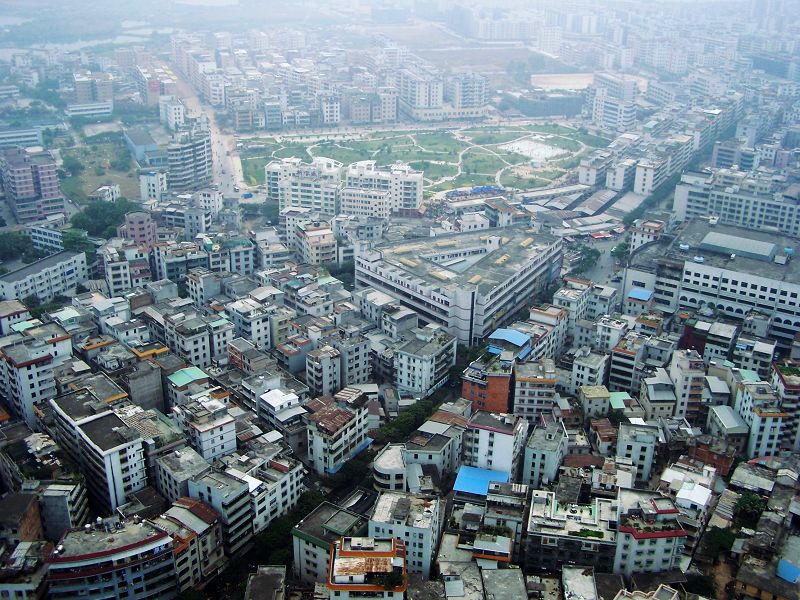
Huizhou house prices will continue to outperform other cities, particularly for areas right outside of Shenzhen
In West PRD, Zhuhai and Zhongshan will benefit with the completion of new connections with Hong Kong and Shenzhen via the Hong Kong-Zhuhai-Macau Bridge and the Shenzhen-Zhongshan Corridor.
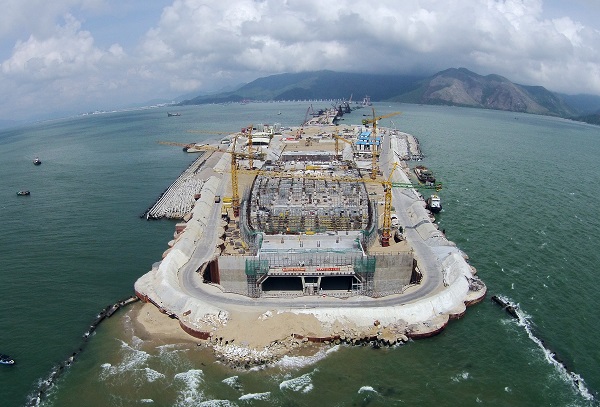
Hong Kong - Zhuhai Macao Bridge
Among all cities in the GBA, the Shenzhen housing market has become the least affordable, which has impacted prices in Dongguan and Huizhou, making them the least affordable among Tier 2 and 3 cities, because of their proximity to Shenzhen.
In Tier 1 cities, growth will be moderate. Housing prices in Shenzhen will face further downward pressure while Guangzhou's housing prices will gradually increase. There will be a moderate adjustment for Hong Kong property prices when real interest rates move back to the positive territory by the end of 2018. Overall, we are optimistic about the long term forecast of the housing market in Tier 1 cities.
Click the link below to download full Colliers International report.
Source: Colliers International
Similar to this:
Infrastructure boost to the Greater Bay Area (China)
Why is Asia home to world’s most expensive house prices?
20 years of change for developers and buyers in Hong Kong



